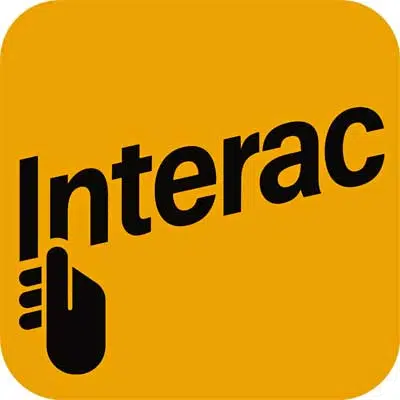High usage rates and increasing adoption by small businesses are the primary factors that have led Interac, Canada’s national debit and account-to-account payment network, to hit a record 1 billion transactions for the 12-month period ended April 30, a 16% increase from the same period a year earlier.
A recent survey by Interac reveals 88% of eligible Canadians have used the network’s eTransfer service to move $338 billion (Canadian) over the past 12 months, and more than $625 billion since the Covid-19 pandemic began. Among these users, 49% say they increased their use of eTransfer between April 2021 and April 2022.
Younger generations, including Gen Z adults and Millennials, are the heaviest users of the service, with 56% saying they use the service to split costs with family and friends at least once a month.

“As young Canadians are [again] taking part in shared experiences, 73% of millennials prefer to pay their share as soon as possible to avoid an awkward conversation later, and 69% believe that using Interac e-Transfer is the simplest way to split the cost of experiences with others,” Anurag Kar, assistant vice president for Interac Corp., says by email.
On the commercial side, transactions involving small businesses grew by 38% during the 12-month period ended April 30. For the month of April, 19% of all e-Transfer transactions involved a business, compared to 17.9% a year earlier, and accounted for 33% of dollar volume, the network says. In addition, a recent Interac survey reveals 47% of Interac e-Transfer users have used the service to pay a small business.
“Small-business use is a key part of the Interac e-Transfer growth story,” says Kar. “Entrepreneurs turned to the service to accept payments from customers or remit payments to suppliers as part of the digital pivot that characterized the early stages of the pandemic.”
In addition to offering eTransfer as a payment option, small businesses are also using the service to pay their employees. “Many business owners find they appreciate the ease and convenience [of Interac eTransfer for] payroll without cheques, sales without cash, and bookkeeping without paper invoices,” says Kar.
The growth in small business use of eTransfer for payroll and other outgoing payments comes less than a year after the network launched Interac eTransfer for Business in August 2021. Interac eTransfer for Business provides immediate electronic confirmation of payments received by suppliers, which in turn reduces manual reconciliation processes. Businesses, which can send up to $25,000 per transaction, also have the option of sending funds directly to account numbers they have on record, in addition to an email address or mobile number.
Enabling small businesses to pay vendors in real time electronically is seen as a way to reduce their reliance on checks to pay suppliers. As of 2019, Canadian businesses wrote 389 million commercial checks representing an average value of $9,000 each.
“With higher limits of up to $25,000, Interac e-Transfer for Business transactions have the potential to displace upwards of 200 million of these cheques,” Kar says. “These real-time, data-rich payments can help streamline accounting processes and accelerate paperless office strategies, while offering bulk payment options, which facilitate a number of payments at once. At Interac, we’re actually using Interac e-Transfer bulk payments to process payroll for contract workers to simplify that process.”
One segment of small businesses where the network is seeing strong adoption of Interac eTransfer for Business is among companies using the service to pay suppliers that have traditionally been paid only by check, Kar says.
“When we launched Interac e-Transfer for Business, our research showed 83% of business leaders were calling for new commercial payment products as part of their post-pandemic digital transformation,” says Kar. “Early on, we realized that with a few enhancements, Interac e-Transfer would be just as attractive to businesses [as consumers].”





